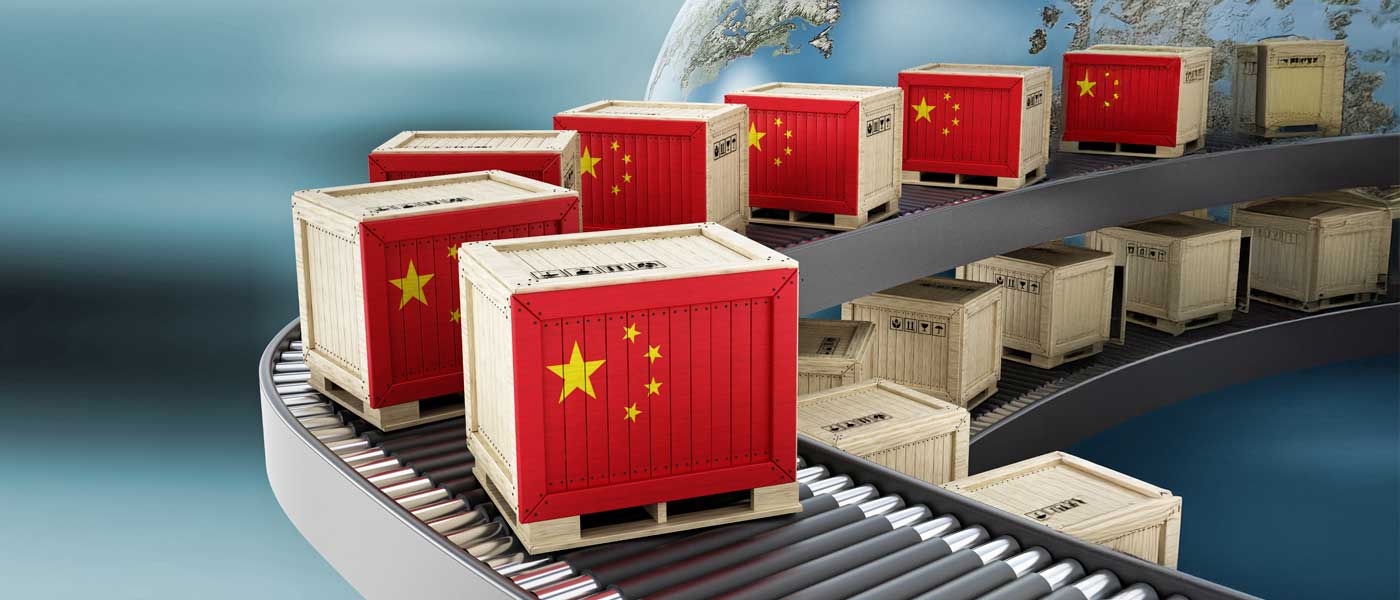Napoleon Bonaparte once said, “The torment of precautions often exceeds the dangers to be avoided,” and this quote perfectly captures the current state of global markets. While governments try to protect themselves from the vicissitudes of geopolitical tension through anti-China policies, these protective measures are likely to fail, and they are also expensive. This report will explore the challenges countries face in their efforts to extricate themselves from China.
The current global trading system operates on efficiency: that is, maximizing the output and minimizing the cost. The average cash price of durable goods, such as electronics and furniture, imported to Britain fell by 15% from 2001 to 2016. This shows the system is working really well: consumers now have access to a much more diverse range of products while also enjoying cheaper prices afforded by a complex, effective global supply chain.
To reduce production costs, large corporations only design their products and outsource the task of manufacturing to workers in low-income countries. In doing so, not only can they eschew the financial burden of research and development, but they also benefit from economies of scale: contract manufacturers provide similar components to different clients, lowering the per-unit cost.

However, overreliance on foreign manufacturers, especially those in China, subjects Western firms to the turbulent geopolitical landscape. Tariffs negate cost advantages and disrupt the global supply chain, harming local businesses. Therefore, Western nations have launched plans to rework the global trading system and decouple from China. Despite the hype surrounding the plans, the process of “derisking” is likely to fail, or at least be prohibitively expensive.
A good place to analyse this is to define what is a “supply failure.” The term refers to a situation where the supply of a product is disrupted or delayed due to manufacturing bottlenecks or resource shortages. In other words, supply chain failures stem from inherent problems in the manufacturing process. Temporary delays caused by a sudden surge in demand, therefore, do not constitute “disruptions” as many politicians may assume.
Take hand sanitiser, for example. In 2019, Britain imported 16,000 tonnes, but this figure was clearly insufficient in the early days of the pandemic. The industry responded quickly by ramping up production, churning out 86,000 tonnes within days with minimal price bumps. Temporary shortages do not mean severe supply chain disruptions but only indicate an increase in demand. It is important, therefore, to distinguish true supply chain failures from demand-induced delays.
Also, efforts to divest from China show little sign of success. Western firms can leverage the power of subsidies to reshore production; some consider “vertical integration” – the act of acquiring suppliers to achieve self-sufficiency in all manufacturing stages. Another option is to switch from a just-in-time (very well executed by Tim Cook in his attempt to engineer an efficient manufacturing operation for Apple) to just-in-case stocking (stocking more goods than necessary). Strategic overstocking allows companies to better absorb the shock of global shocks.
Though commendable, these efforts are likely to fail due to China’s mega dominance in many key industries. Economists use two terms, “chokehold” and “ascendant,” to illustrate a nation’s superior control of a product. The former means a 50% global market share, while the latter is characterized by a 30% share. In 2005, China was ascendant in 10% of 120 industries, but now, it has a chokehold in 20 industries. It exerts a monopolistic control over some key areas like solar panels and rare earths.
Given China’s overwhelming influence in critical industries, the task of diversifying from it is gargantuan. According to some estimates, countries need at least 30 to 40 years to redirect half of their production domestically. Even if Western countries manage to forge close partnerships with non-Chinese manufacturers, the power of China does not subside, as these new producers, like Vietnam, Mexico, and Canada, still rely heavily on Chinese-sourced components.
American spending on Vietnam’s imports has risen three times since 2016, but this increase has coincided with a three-fold increase in the value of Chinese imports to Vietnam.
All in all, despite enthusiastic talks of a new, non-Chinese supply chain, the world will still remain largely interdependent. In that case, the cost of overpreparing will outweigh the risks to be avoided. It is uncertain whether or not Western firms can decouple from China, but the immediate upshot is an increasing cost of doing business.
– Bui Hai Dang
